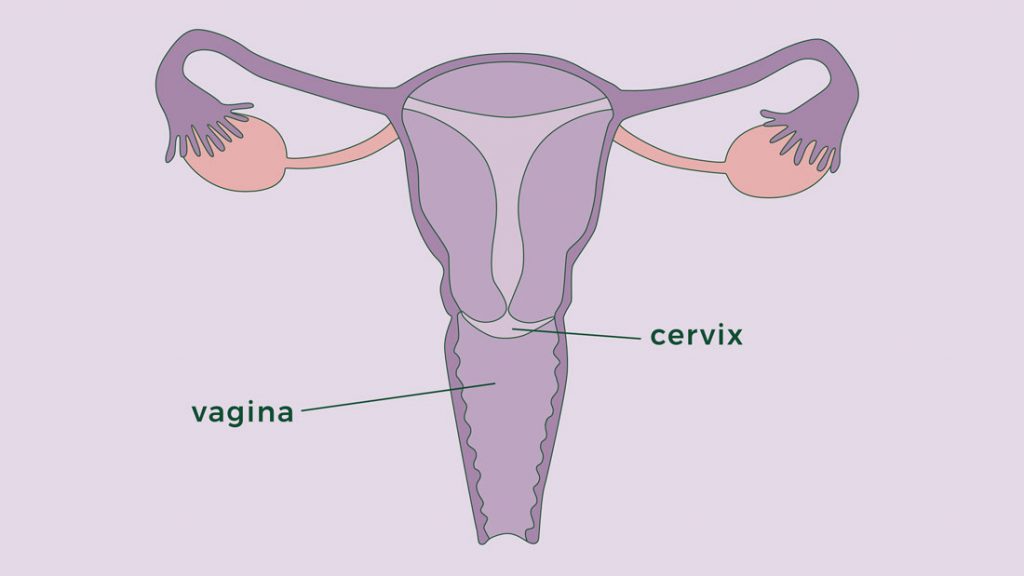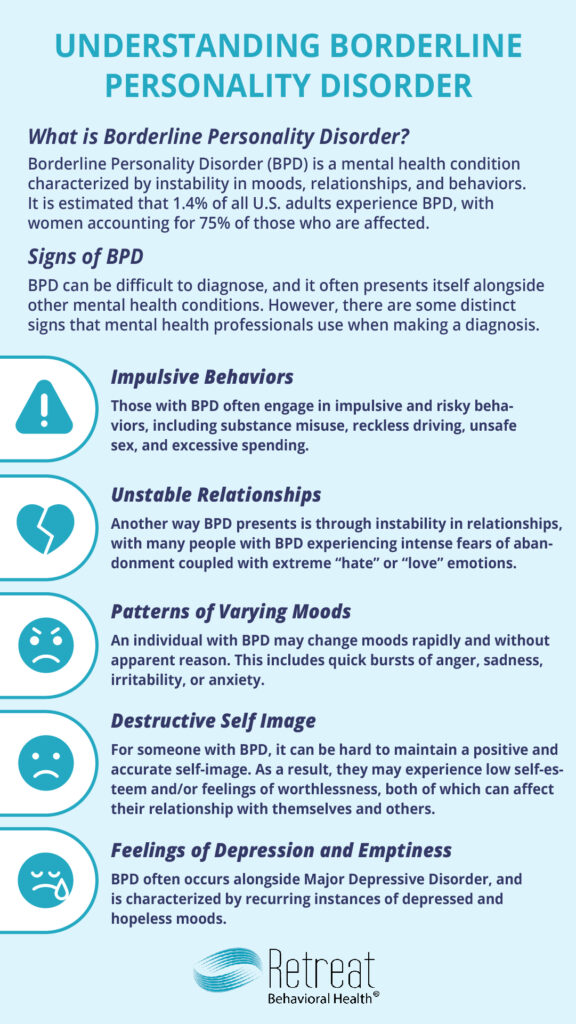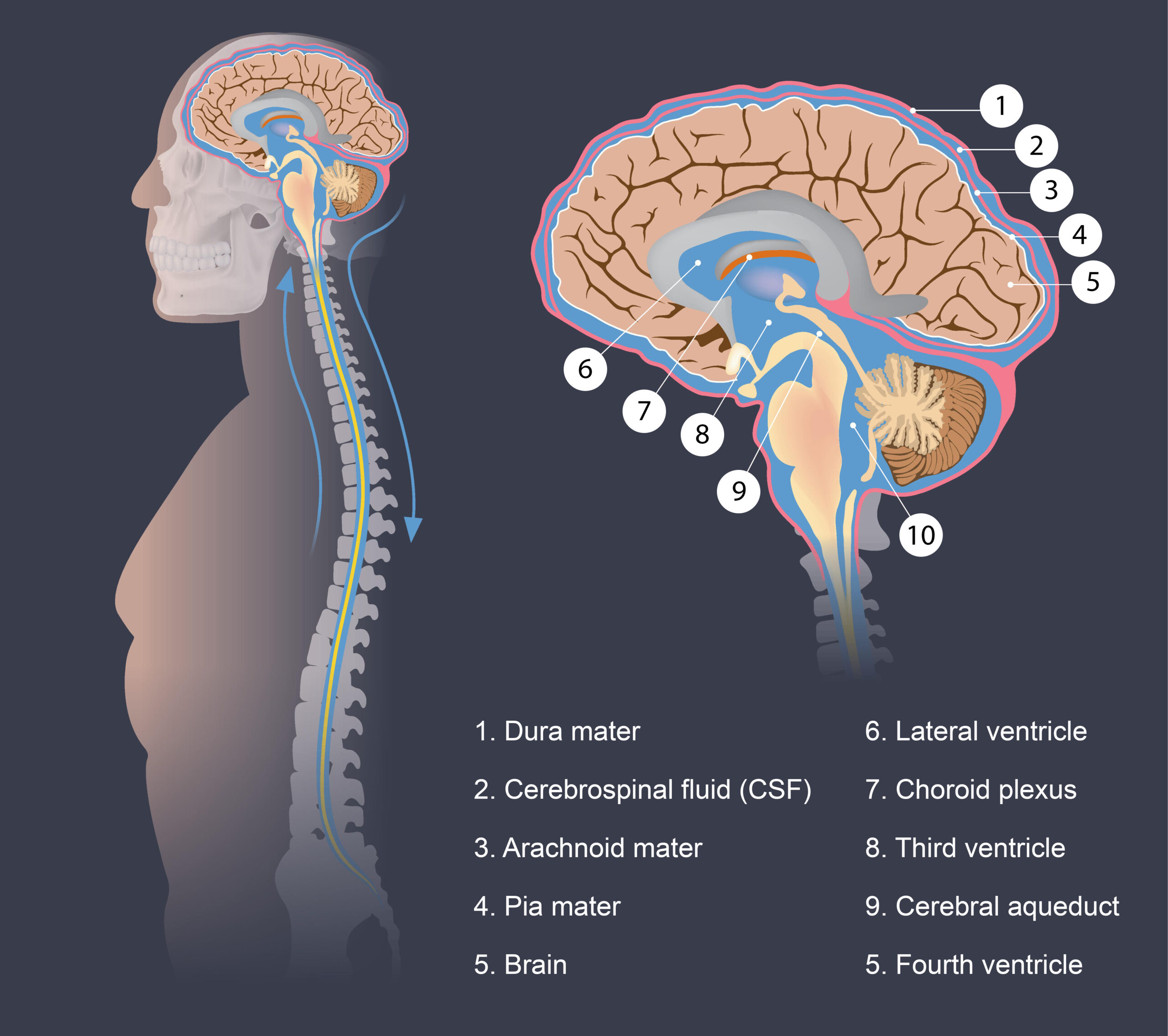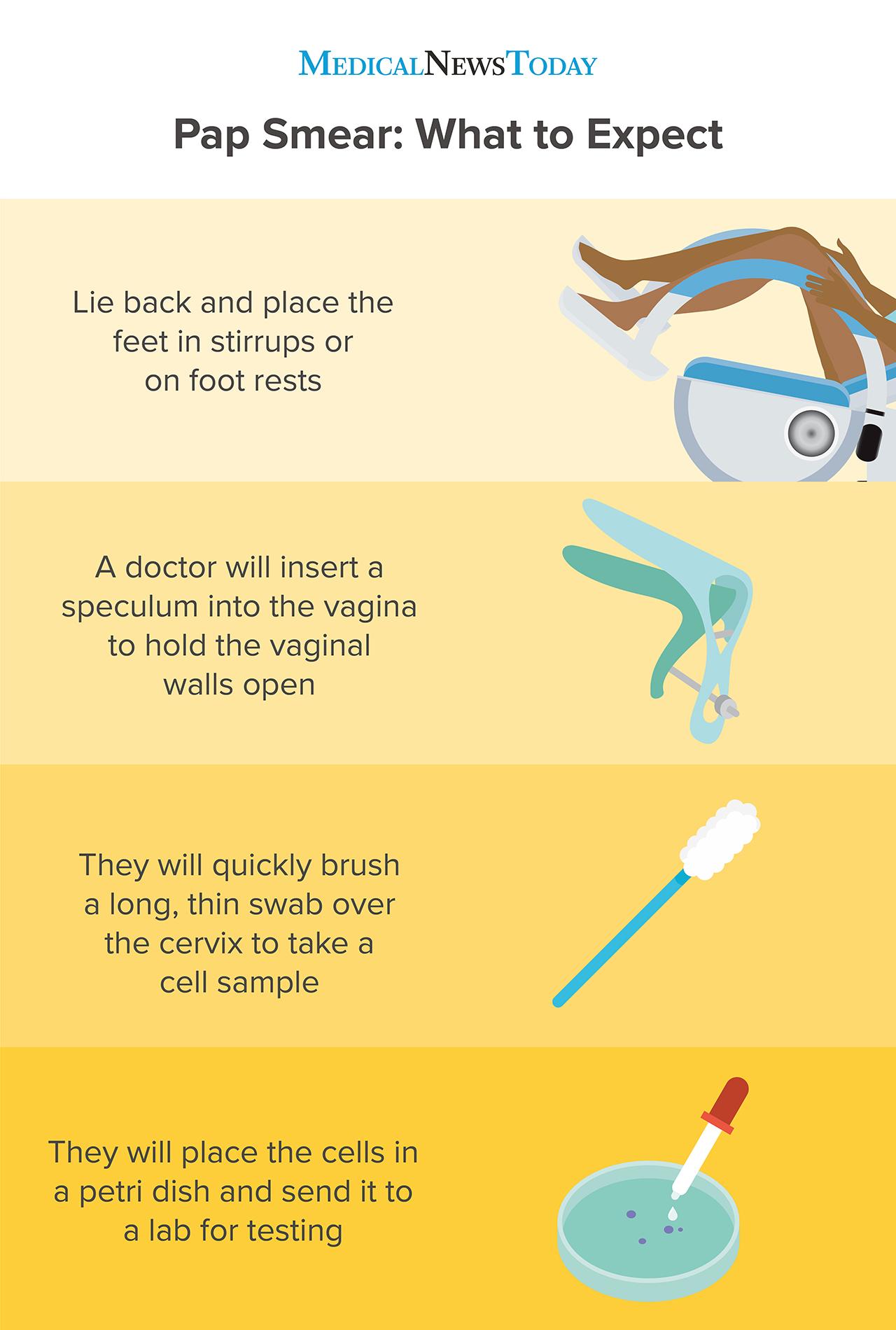– Disseminated Intravascular Coagulation (DIC)
– proteins in the blood clot abnormally
– caused by inflammation, infection, or cancer
– small blood clots block blood supply to organs
– lack of blood flow causes organ injury
– clotting proteins in the blood are consumed, leading to high risk of serious bleeding
– spontaneous bleeding without injury
– fragmentation and breakage of healthy red blood cells
– risk factors for DIC: certain medical conditions, surgery, trauma, severe infection, complications during pregnancy
– chest pain, shortness of breath, leg pain, problems speaking or moving body parts
– bleeding may occur, including blood in the urine, stool, or skin
– common causes of DIC: sepsis, surgery, trauma, cancer, complications of pregnancy
– diagnosis based on blood tests: low platelets, low fibrinogen, high INR, high D-dimer
– treatment focuses on underlying condition: platelets, cryoprecipitate, fresh frozen plasma
– heparin may be useful in slowly developing form of DIC
– approximately 1% of hospital admissions are affected by DIC
– rates of DIC in sepsis range from 20% to 50%
– risk of death from DIC varies from 20% to 50%
– multiorgan failure and widespread bleeding in DIC
– DIC can occur in various conditions: liver disease, HELLP syndrome, thrombotic thrombocytopenic purpura, hemolytic uremic syndrome, malignant hypertension
– dysregulation of coagulation and fibrinolysis in DIC
– tissue factor release is critical mediator of DIC
– poor prognosis and high mortality rate
– thrombocytopenia in DIC may be caused by Ashwell-Morell receptor
– diagnostic markers for DIC: prolonged prothrombin time, activated partial thromboplastin time, declining platelet count, high fibrin degradation products, fragmented red blood cells
– scoring system for diagnosis and management of DIC
– treatment: address underlying condition, transfusions, cryoprecipitate, heparin rarely used, recombinant human activated protein C withdrawn, evidence for recombinant factor VII insufficient
– prognosis varies, 20-50% of patients with DIC will die
– DIC observed in approximately 1% of hospital admissions
– DIC more frequent in people with bacterial sepsis, severe trauma, and cancer
Continue Reading









